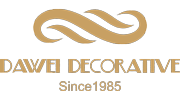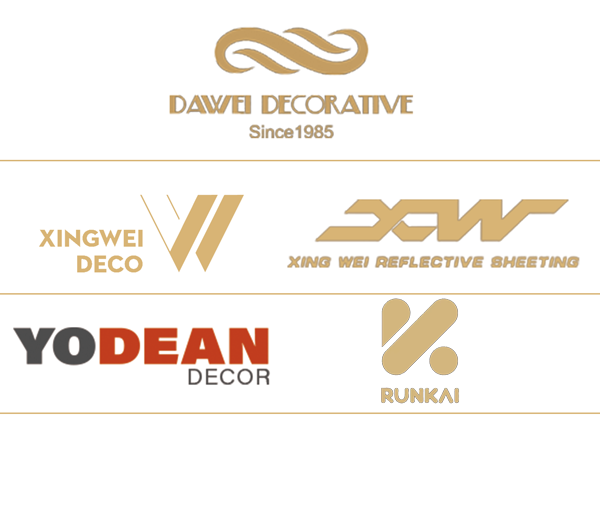There are pros and cons to both laminate and melamine. Depending on the application, one may be better suited for certain environments than the other. In this article, we’ll go over the pros and cons of each type, including durability and maintenance. In addition to cost, these factors are also important in determining the final choice.
Pros and cons of melamine vs laminate
Melamine is a versatile and durable plastic. It is often used in the making of wall panels, furniture, and counter tops. It can also be used on floors and walls. In comparison to HPL, melamine is less expensive and undergoes less manufacturing. It has the advantage of being less susceptible to moisture and wear and tear.
Melamine is a low-cost alternative to real wood, and it comes in many colors. It is also scratch-resistant and doesn’t show signs of aging. It also doesn’t stain as easily as other types of wood. However, there are some disadvantages to melamine as well. This material is made from a chemical known as melamine-formaldehyde. Although a less toxic substance than laminate, it is still harmful if inhaled. It can cause respiratory issues and headaches.
Another advantage of melamine is its variety of colours and designs. Many manufacturers offer vibrant colours and textures. However, despite its durability, melamine doesn’t match the natural appeal of hardwood. Natural wood has different grain patterns, which makes it difficult to reproduce.
Cost
A key difference between melamine and laminate is their price. Melamine is much cheaper, but isn’t as durable. It fails when exposed to moisture and water. It can also develop voids in the end of a board, requiring an edge-banding process. However, if you need to create high-end products without spending a lot of money, melamine may be the right choice.
Both types of materials have their advantages. While melamine is more durable and scratch-resistant, it’s not without its drawbacks. Particle board is easier to scratch than melamine, and it can warp or become distorted if exposed to water. Both laminate and melamine can chip or crack if installed improperly.
While melamine is a man-made material, the process that produces it is similar. It is produced under pressure of 300 to 500 pounds per square inch. Melamine sheets are then molded together as layers of plastic laminate. MDF, on the other hand, is a combination of wood chips and resin. However, melamine can lose structural integrity if cut or sanded.
Durability
If you are considering a new kitchen countertop, you may be wondering which material is more durable, melamine or laminate. Both materials are made from hard resin, but there are some differences between the two. Melamine is a chemical that bonds to a wood substrate and is a great choice for countertops. It is also used to cover floors, walls, furniture, and appliances. Melamine is also a good flame retardant. It can even be used to make paints and foam for fire-fighting equipment, as well as electronic products.
In addition to being highly affordable, melamine is available in a wide range of colors. However, it does not withstand water as well as laminate. It may chip or crack if water seeps into the wood, but if it is dry, melamine will not be damaged.
Melamine is cheaper to produce than laminate. Although Melamine has more disadvantages, it is still a better choice for vertical and low-impact applications. This makes it ideal for store fixtures, office furniture, and shelves. However, it is not recommended for horizontal applications. Melamine is also cheaper than HPL because of its less complex factory process and can be purchased at a lower price.
Maintenance
Melamine and laminate both are made of hard resin. Melamine is an organic compound, and it is commonly used as an overlay for plywood and medium density fiberboard. Melamine is resistant to abrasion, cracking, and staining, and it is easy to clean.
Another difference between melamine and laminate is that melamine has a smoother, easier to clean surface. While particle board is easily damaged by water, melamine is remarkably durable and does not disintegrate. However, improper assembly or installation can result in chipping or distortion.
While the cleaning process for melamine is similar to that of other types of surfaces, it is a good idea to use an acid-free cleaner. When cleaning, be sure to apply the cleaner to the melamine-covered surface with a clean cloth. If a stain is particularly stubborn, it is possible to use a baking soda paste to remove it.


Leave a Reply
Want to join the discussion?Feel free to contribute!